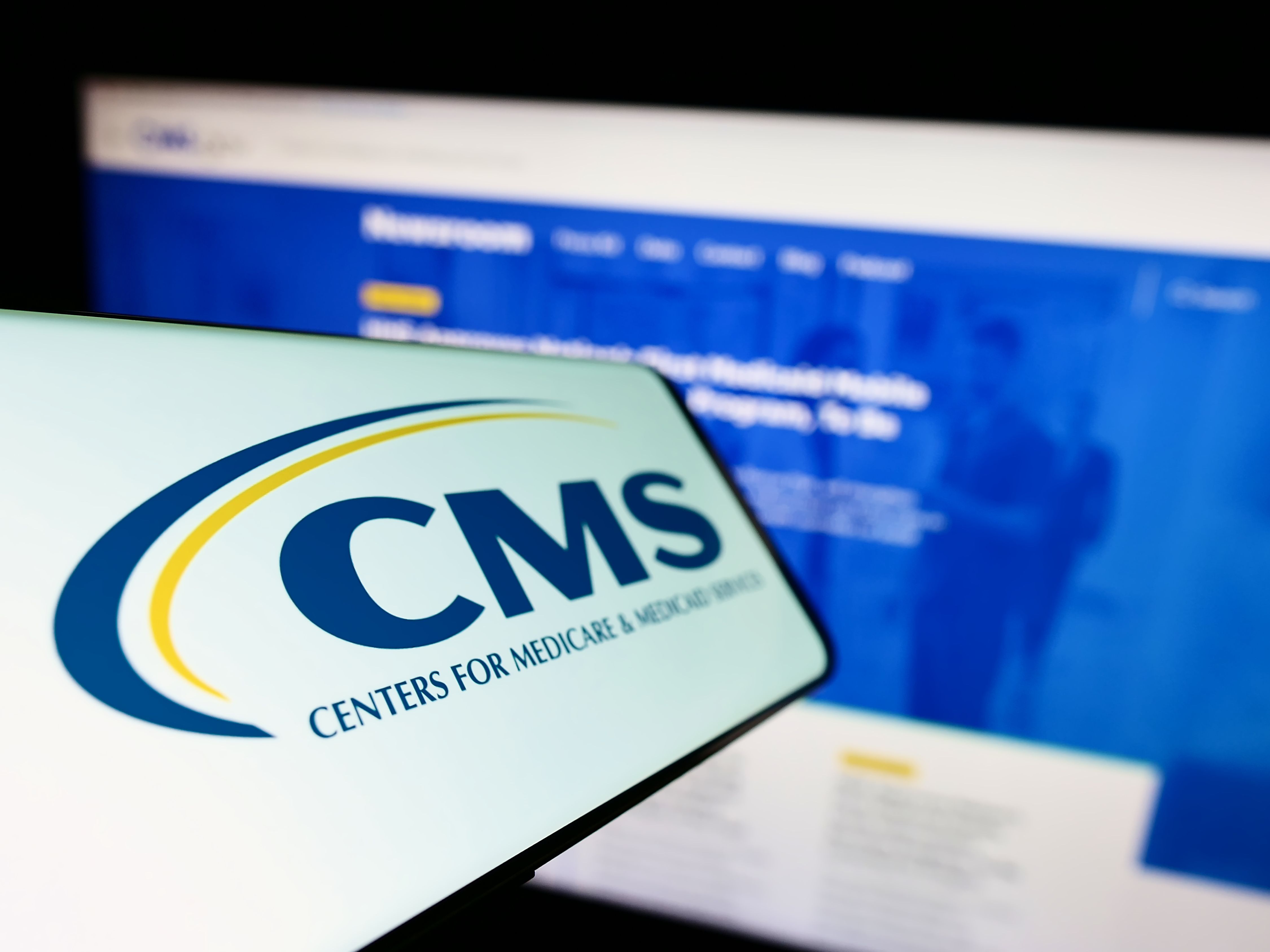Article
Turning patient cancellations into revenue
Author(s):
A new scheduling system can revolutionize medical practice

Introduction
The internet has changed the way all industries do business. It has permitted consumers to give direct and instant online reviews on various products and services.This allows suppliers to learn and improve overall customer satisfaction.
However, despite being one of every six dollars in the US economy1, healthcare has lagged other industries in its focus on customer satisfaction.
Electronic health records (EHRs) have expanded dramatically in the last decade2, starting with hospitals, and now have penetrated to smaller provider practices. Currently, most EHRs focus on billing, clinical care, and legal documentation and not on enhancing the patient’s experience. While a surgery may be assisted by a robot, and an MRI may be read with the assistance of artificial intelligence (AI), making an appointment for either services is still done with a telephone, a pencil, and sometimes a fax machine.This is an opportunity for EHRs to offer a package that would result in the improvement of both patient satisfaction and operational efficiency, in addition to practice revenue and clinical care. Improving the patient experience in an era of medical consumerism is increasingly important going forward.
Current Practice
In most traditional practices, a patient calls the office to schedule an appointment and speaks to a paid office scheduler who offers a few available times after reviewing the schedule.
There are three key issues with the current practice:
1) Less efficient for patients.The patient gets a sub-optimal appointment because the scheduler can only see a small portion of the available times.The individual must call the office, wait on hold, and then select from 2 to 3 handpicked times that may not be optimal for the patient or efficient for the physician. Healthcare is notoriously known for having the longest hold times compared to other industries. It may take several appointment times offered before the patient finally selects a time that works; and not getting the best time increases the probability of a cancellation or no-show.
2) Time consuming for staff.There is an individual paid by the practice to schedule appointments on the phone, although an automated system would be much less expensive.Further, people are more likely than systems to make errors.If the process could be automated, time on the phone would be reduced for staff by permitting patients to select times directly. These processes have been accelerated in the COVID-19 era, with enhanced digital adoption and potential for further refinement through machine learning and artificial intelligence. “You can book almost any other type of appointment in other industries by seeing what’s available in a self-scheduling type of platform,” says Gavin Setzen MD, Albany ENT & Allergy Services. “[AI] would also make the process of finding available appointments significantly faster for schedulers.”
3) Same day cancellations are inefficiently backfilled. It reduces practice revenue by not optimizing physician schedules.For a physician, in an 8-hour shift with 20-minute reserved appointments, three unfilled cancellations cause a productivity decline of 12.5%. In a day when only 80% of visits are filled this is a 16% decline.If this happens every day, a practice earning a potential revenue of $1M earns $160,000 less but does not have any fewer costs.
Current Cancellation Process
Most practices still employ a system to confirm appointments, usually within a 24-hour window. This helps prevent no-shows but does not address the need to backfill cancelled appointments.“One in four patients forget to show up for medical appointments. No-shows and cancellations are an inevitable part of health care scheduling. However, most practices do not realize that this presents a great opportunity for optimization and revenue recovery,” says Adnan Iqbal, CEO of Luma Health, a company founded with the patient-doctor experience in mind. “Long wait times to see a specialist invariably make patients more likely to cancel or no-show, leading patients to shop for earlier availability elsewhere or indefinitely postpone care. As a result, you lose out on revenue, and your patients’ experience and health could be compromised.”
A New Scheduling Model
An automated scheduling system would require patients to answer a few simple questions to determine location, reason for visit, insurance, and physician preference. It would then provide a list of available appointment times to patients without requiring a scheduler. This can be done via a smartphone. It would also allow for cancellations to be reflected in the schedule in real-time and provide notifications to patients that would like to be seen sooner than their existing appointment. Automating the process of notifying patients that a new appointment is available and allowing them to book it directly without any scheduling staff involvement caters to the patient’s desire to self-serve and drives practice efficiency without investing in human resources, which is often the most expensive line item for practices.
Some practices have adopted more automated solutions. However, due to the fragmented nature of the marketplace, many private practices still have not.ZocDoc, notably, allows patients to book appointments online with participating physicians; although some physicians are wary of being charged a marketing fee for new bookings.3
Finally, some operationally sophisticated practices have considered using patient behavior and characteristics to predict no-shows and cancellations before they occur; and schedule appointments based on these predictions the way same way airlines oversell flights. Based on these prospective predictions, practices can adjust workflow for high-risks no-show patients by double-booking or doing more aggressive pre-appointment outreach.
The technology exists, so why are we making our call centers use judgment that could be automated? Why are we not looking at how cancellations could be turned into revenue opportunities? In our experience, practices have been focused on other priorities: optimizing the billing and revenue cycle and improving the physician’s experience to cut down on burnout. If EMRs can store a patient’s entire medical history and images, as well as identify which providers are in-network and warn about adverse drug interactions, it can be programmed to refresh a new calendar for office staff every time a patient cancellation occurs. It is time to address scheduling.
Drew Franklin, MBA, FACMPE, is a physician practice manager with more than 16 years of experience in the field. An adjunct professor at New York Medical College, he has a passion is for data and analytics that drive healthcare decision making. He is a Fellow of the American College of Medical Practice Executives.
Jade L. Bedell, DrPH, MHA is a recent graduate from New York Medical College where she earned her doctorate in public health with a focus in health management and policy. She is a public health professional with research and consulting experience in health economics, health policy, and social determinants of health.
Adam E. Block, PhD is currently an Assistant Professor of Public Health at the School of Health Sciences and Practice at New York Medical College. He is a health economist with deep experience in the hospital, health plan and government sectors and he does expert witness and consulting work through Charm Economics, LLC.
References
1. Centers for Medicare & Medicaid Services. (2019). National Health Expenditure Data: Historical. https://www.cms.gov/Research-Statistics-Data-and-Systems/Statistics-Trends-and-Reports/NationalHealthExpendData/NationalHealthAccountsHistorical#:~:text=U.S.%20health%20care%20spending%20grew,spending%20accounted%20for%2017.7%20percent.
2. Office of the National Coordinator for Health Information Technology. (2019). Office-based Physician Electronic Health Record Adoption, Health IT Quick-Stat #50. https://dashboard.healthit.gov/quickstats/pages/physician-ehr-adoption-trends.php
3. Zocdoc’s new pricing rankles New York Doctors. (2019) Crain’s New York Business.https://www.crainsnewyork.com/features/zocdocs-new-pricing-rankles-new-york-doctors





